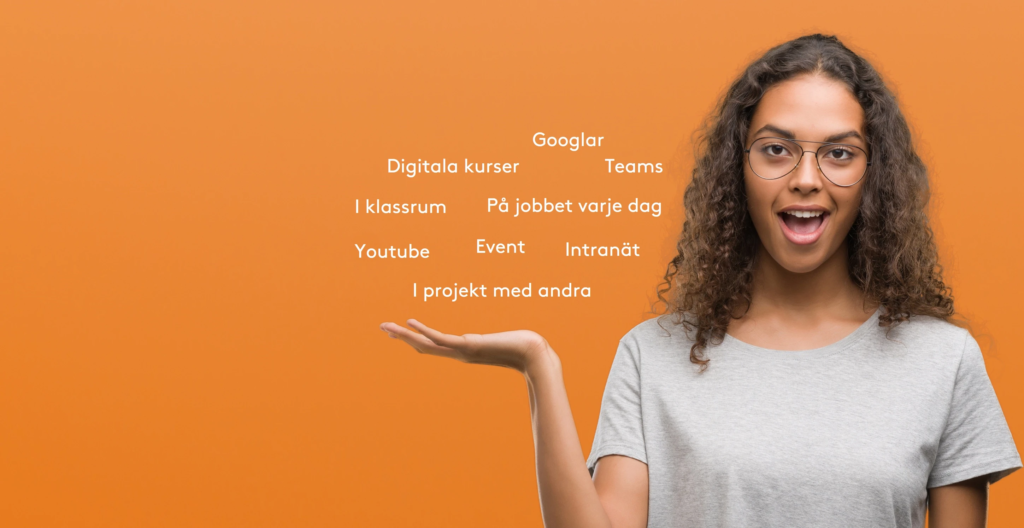Today, many Learning & Development departments set an overall strategy but do not always break it down into a Learning CONTENT strategy. But why is it important to set a more detailed plan?

Marketing content strategy and learning content strategy are actually very close to each other. It’s about sharing knowledge, educating, informing and influencing behavior, which is very much what digital learning is all about. In the past, learning has often been about “if we create a digital course, it will be relevant and our employees will take it, and if they don’t, we’ll make it mandatory”. Then they have created a medium milk variant with general content to suit everyone. But maybe it worked back then when it was mostly measured on implementation. Today, when we have better systems that can measure content in different and more ways that allow us to more clearly correlate results to business goals, it’s time to start rethinking. Today it is absolutely necessary to set a content strategy also for L&D to maximize ROI.
Content marketing is the most economical and effective way to strengthen your brand. If the target audience can trust a company to be transparent and share credible content, they are likely to buy from the same company. It is about moving people from interest to a decision to buy (or do something). It’s also about engaging, building long-term relationships and getting more followers. We know today that it works. The same principle applies to Learning Content – because we want to achieve the same kind of behavioral change in employees, right?
The purpose of setting a learning content strategy is to more clearly link L&D to the company’s business objectives. It is important to set goals at a more detailed level, i.e. to define what Learning Content we will create and why during the year (or per quarter). Break down the overall strategy into concrete activities. Think about what is REALLY relevant and set “do” goals for specific audiences – both internal and external – and define smaller pieces of content based on that – which you can easily adjust and reuse.

Some tips along the way:
- Start seeing learning content as a resource to make your business goals a reality.
- Create a clearer learning content strategy where training content clearly aligns with business objectives and a roadmap for at least one quarter.
- Make sure that content, design, launch and push really reach the right audience at the right time and with the right purpose.
- Think long-term when setting your strategy – continuous presence and sustainability – before, during and after your content supports your target audience.
- Start creating truly relevant content that people want to read, watch or listen to – what do you have to say that your audience will find interesting and useful? Think nano, micro and bite-sized.
- How can you minimize thresholds so that your content is easily accessible?
- Start sharing content not only internally but also externally – transparency, openness and candor strengthen the brand and build credibility.
Written by Tereza Kennedy Olsen, Creative Director & Founder, Atom Collaboration




